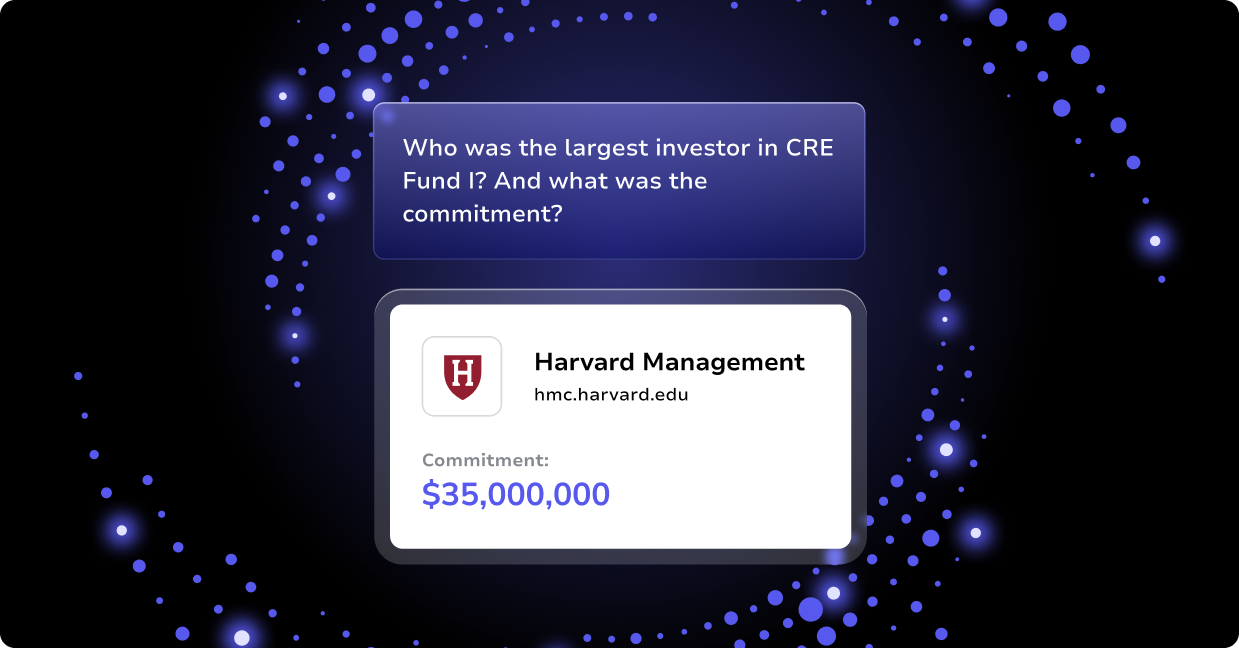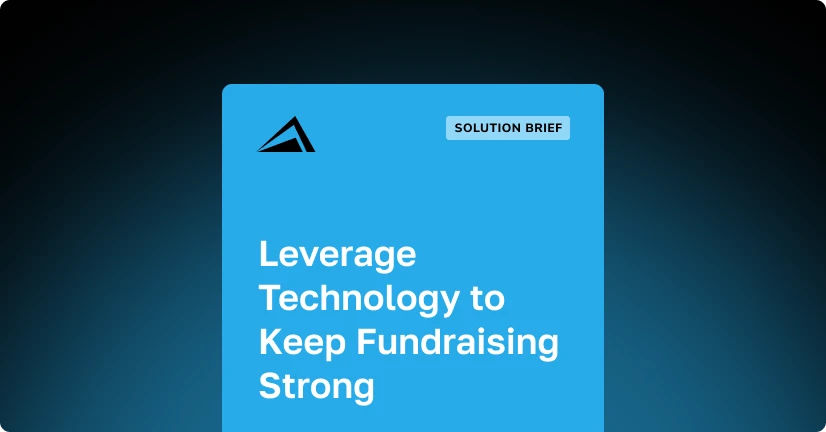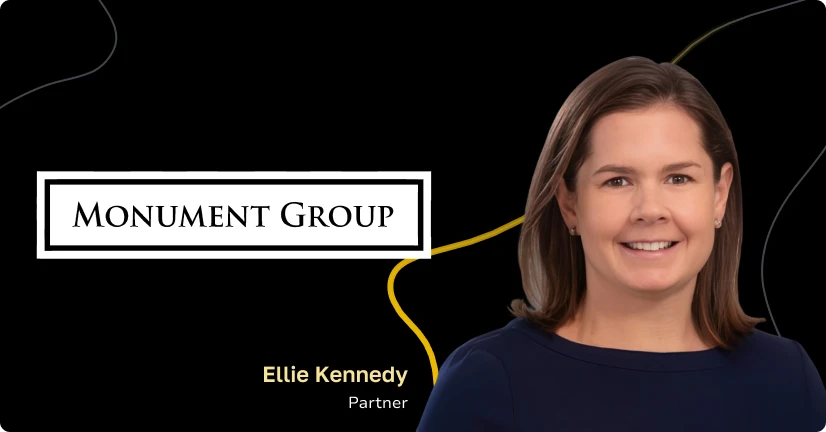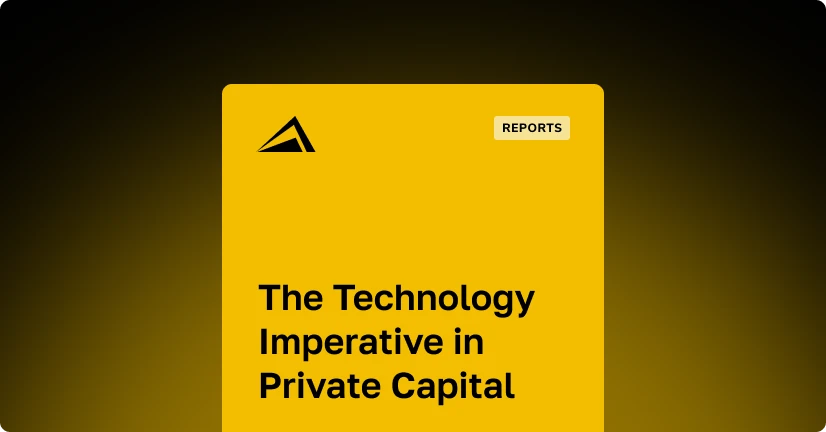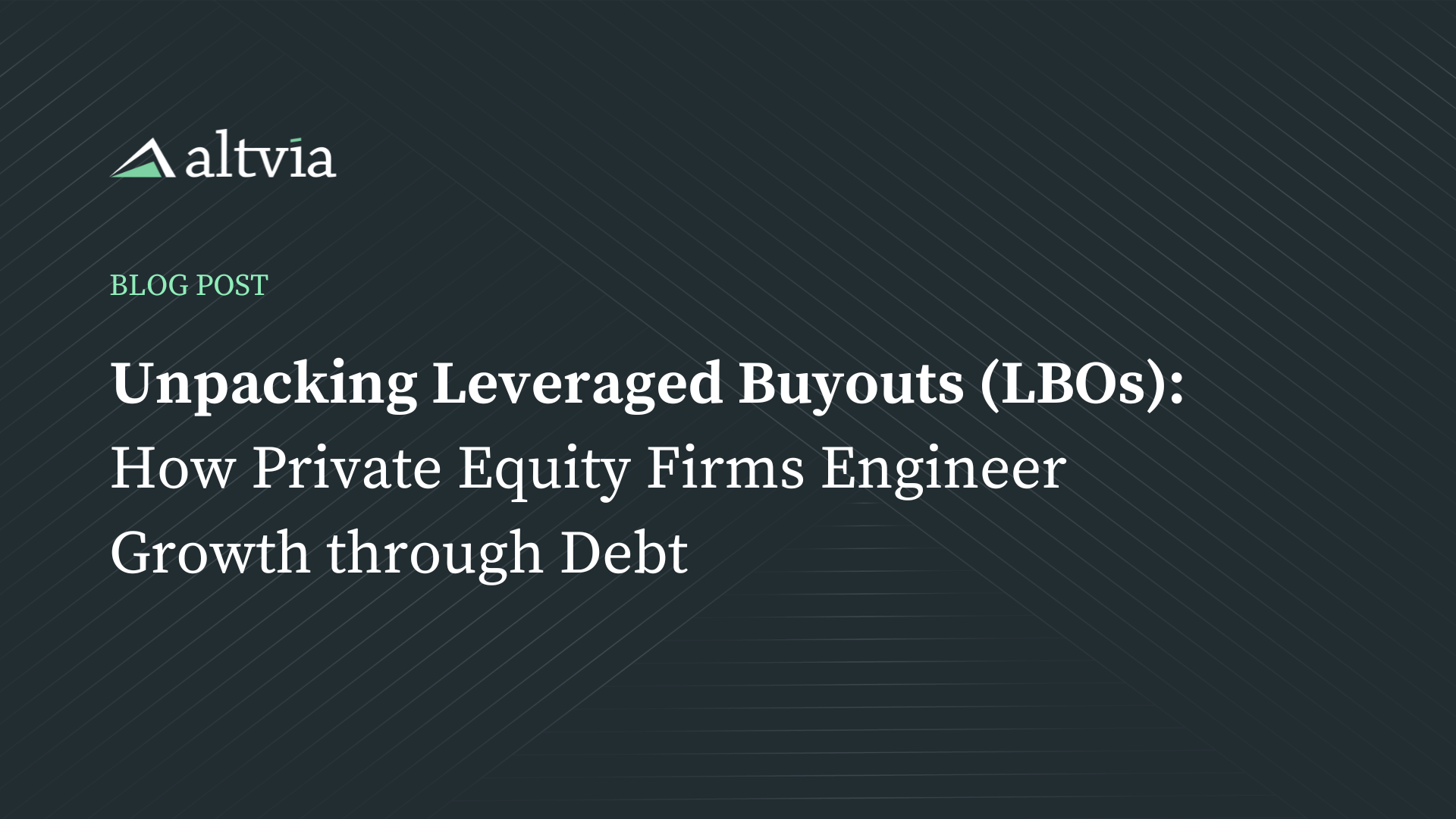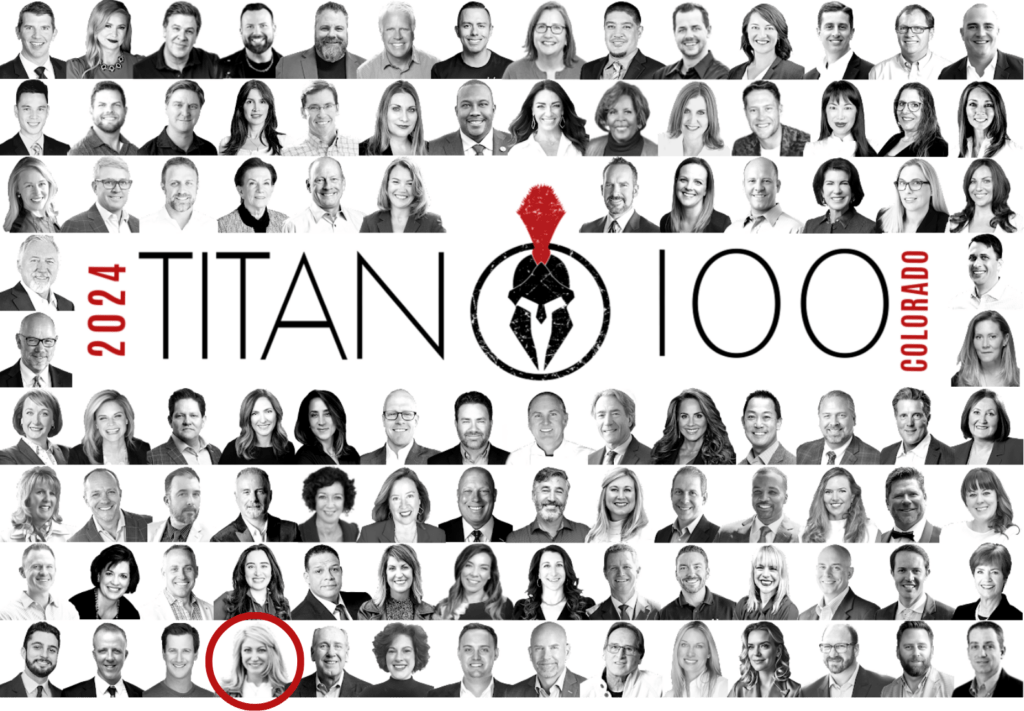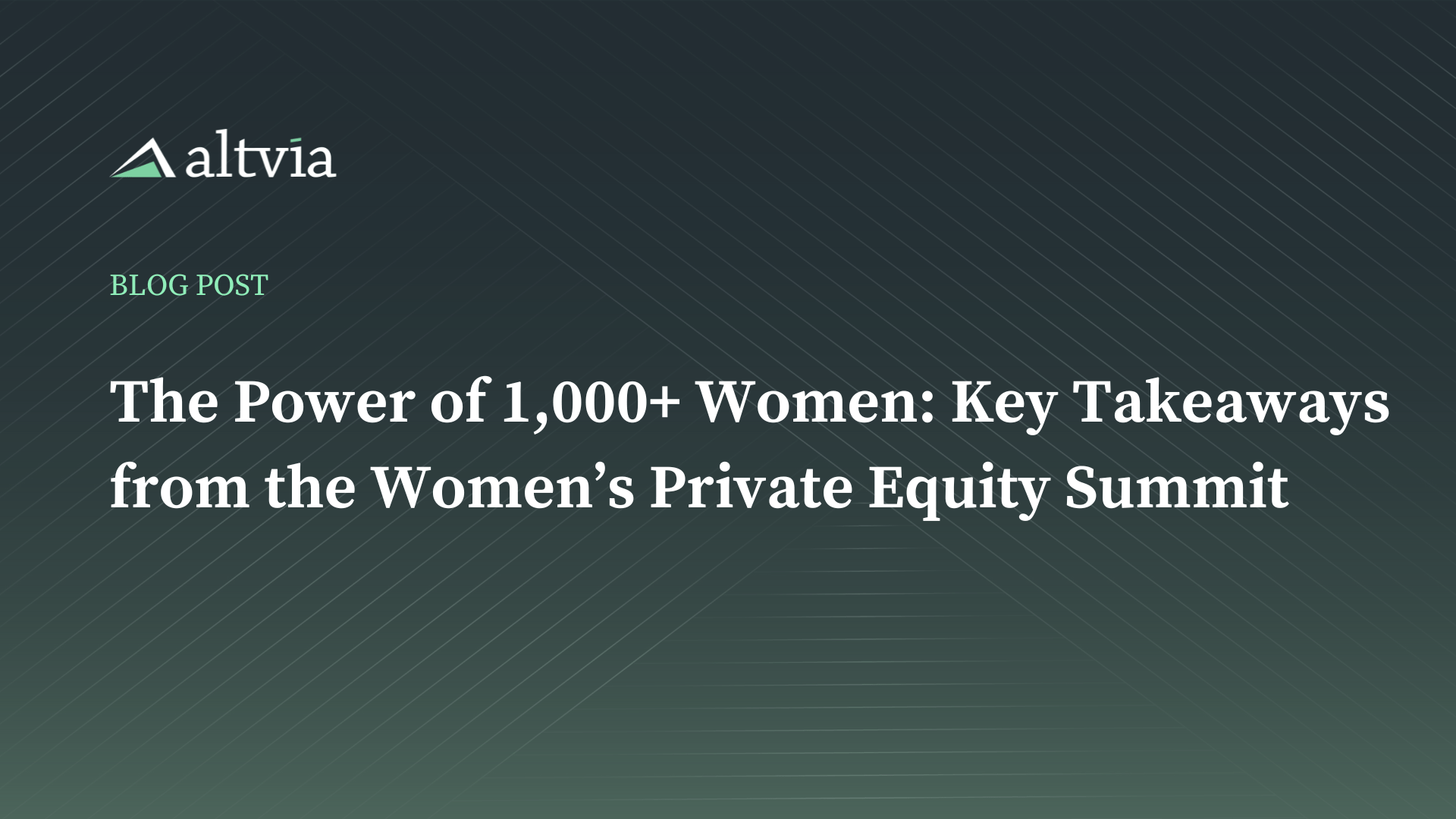
Efficiency is no longer a goal – it’s a necessity.
Following a challenging fundraising year in 2023, 2024 has proven equally demanding for fundraising efforts in private equity and venture capital, characterized by a notable reduction in hiring within firms. This shift is forcing alternative asset managers to continuously innovate to streamline operations, optimize resource allocation, and maintain robust investor relationships.
As this landscape continues to unfold, alternative investment market software and technology providers have become crucial partners to navigate strategic considerations to maximize operational efficiency. This blog post delves into the strategies and technologies that firms are leveraging to maximize productivity and stay competitive in an increasingly difficult environment.
Utilize a Centralized or All-in-One Platform
Centralized platforms tailored for alternative asset managers play a pivotal role in enhancing operational efficiency. Consolidating disparate processes and systems across your firm can help eliminate silos and improve transparent, firm-wide collaboration. While no perfect technology solution exists, firms working with an all-in-one platform that seamlessly tracks deal sourcing, monitors investment performance, manages investor communications, generates and distributes comprehensive reports, and transforms data are finding an operational edge.
Embrace Advanced Technology Solutions Over Consultants
Moreover, investing in an alternative market-specific technology solution tailored to the investment industry offers distinct advantages over hiring a generic Salesforce implementation consultant. Unlike consultants who provide generalized advice, technology solutions with features designed to meet industry-specific challenges deliver measurable ROI and sustainable efficiencies. Additionally, using an industry consultant to customize a generic solution can be less time and cost-effective compared to leveraging an out-of-the-box solution that is already purpose-built to solve your needs.
Automate Routine Tasks
Automation is another game-changer in maximizing efficiency within alternative asset management software. By automating routine tasks such as data entry, report generation, and relationship tracking, firms can significantly free up valuable time for strategic initiatives. This operational streamlining not only boosts productivity and reduces the risk of manual errors, but also enables teams to focus more on value-added activities like investment analysis and relationship management.
Harness AI and Machine Learning
Artificial intelligence (AI) and machine learning (ML) are changing how alternative asset managers analyze data, identify investment opportunities, and manage risks. These technologies enable firms to leverage predictive analytics to forecast market trends, optimize portfolio performance, and uncover actionable insights from large datasets.
However, while AI and ML offer transformative potential, asset managers must exercise caution against adopting these technologies merely for the sake of adoption. Additionally, it’s important to be wary of providers that use AI and ML as buzzwords without substantiating the practical benefits.
Firms should approach AI for alternative investment markets strategically, identifying specific pain points or inefficiencies within their operations that these technologies can address. Forming strategic committees dedicated to evaluating AI solutions or consulting with a trusted technology partner ensures that investments in these technologies align closely with business objectives and operational needs.
Balance Efficiency with Relationship Management
While operational efficiency is crucial, maintaining strong relationships with investors and stakeholders is the key to long-term success in the alternative asset world. Technology enhances this by facilitating transparent communication, providing real-time insights, and delivering superior client service experiences. By integrating a modern, digital experience that complements face-to-face interactions, firms can ensure seamless and efficient engagement that meets the evolving expectations of investors.
Partner with Technology Experts
This means not only implementing the right tools but also ensuring that you have a team of experts that understands the entirety of your daily workflow. By having a knowledgeable technology partner that can seamlessly integrate technology into your operations, you can effectively enhance firm-wide collaboration and trust, anticipate investor needs more accurately, and drive sustainable growth for your alternative investment firm.
Benefits of Adopting a Strategic and Technology-First Mindset
Maximizing efficiency in the alternative investment market isn’t just about cutting costs or speeding up processes—it’s about adopting a strategic mindset that integrates technology, automation, and data-driven insights into everyday operations. By embracing these strategies, firms can unlock new levels of productivity, innovation, and growth while navigating the complexities of the alternative market.
Ready to elevate your firm’s efficiency? Explore how advanced technology solutions, like Altvia, can propel your firm forward. Contact us today to learn more about implementing these strategies for efficiency: altvia.com/book-a-meeting.
